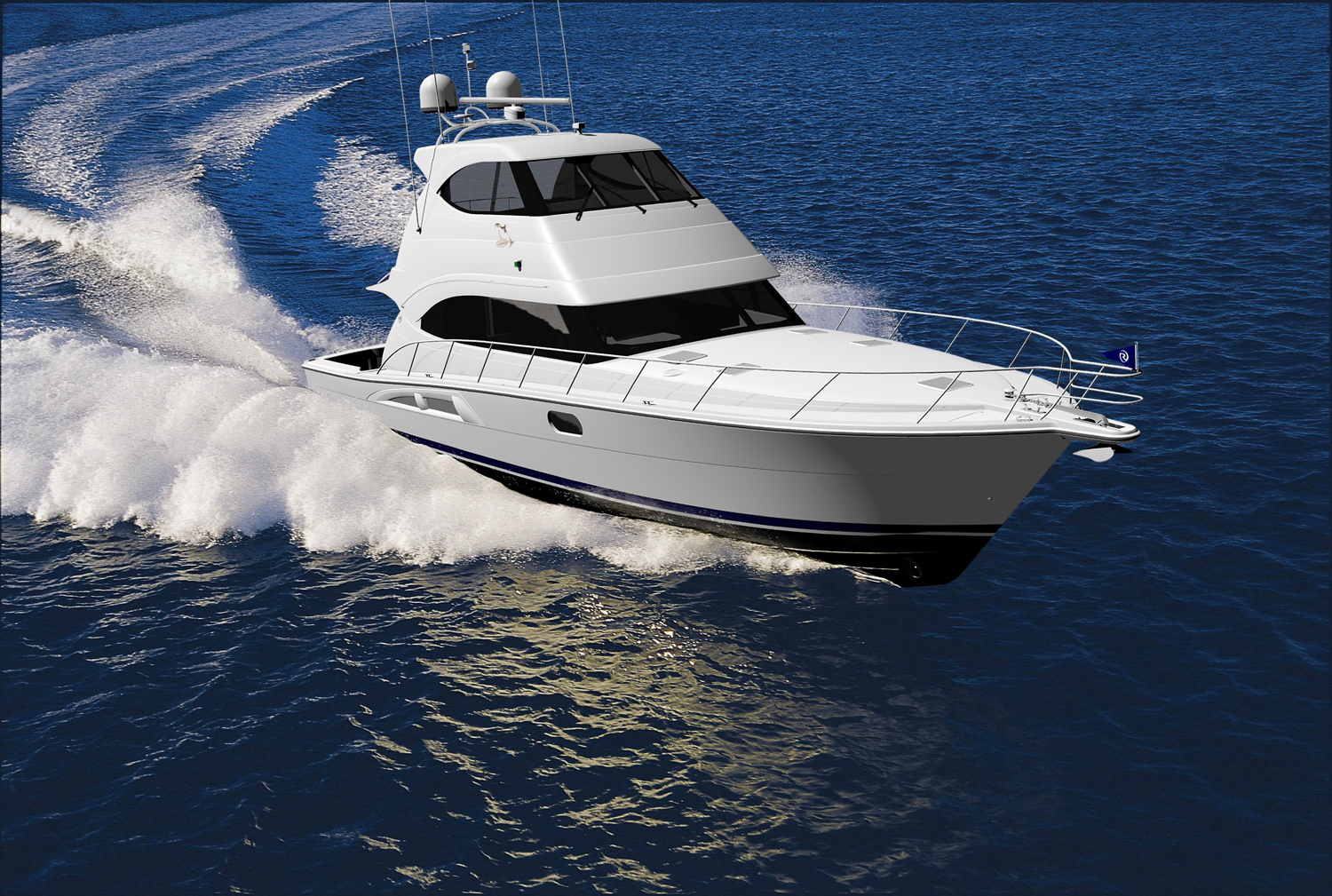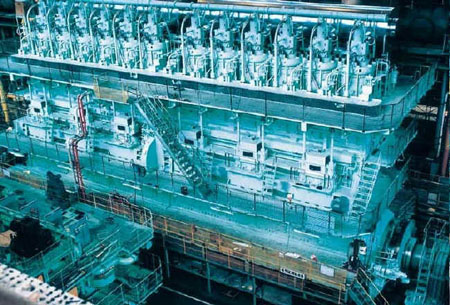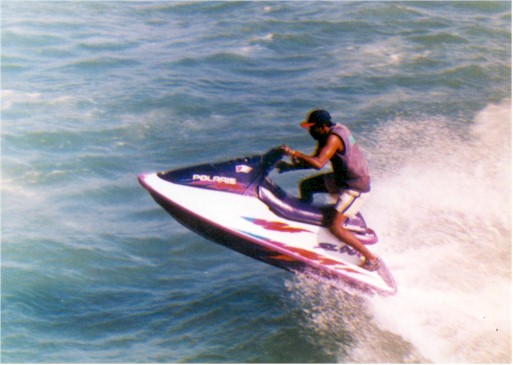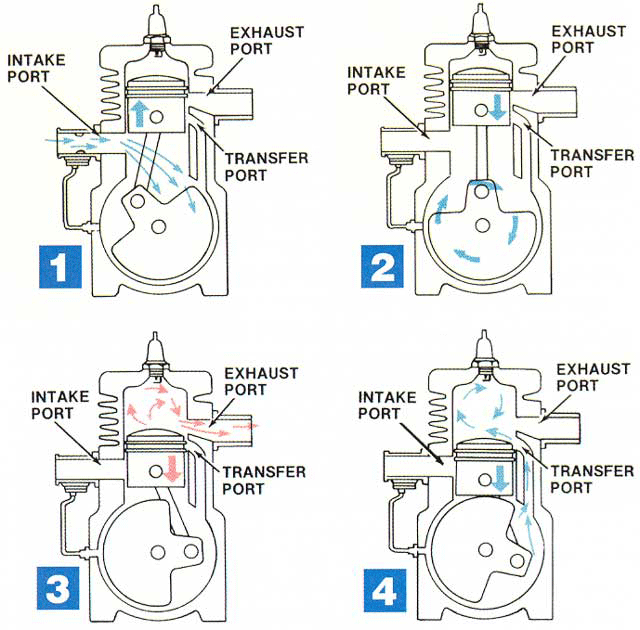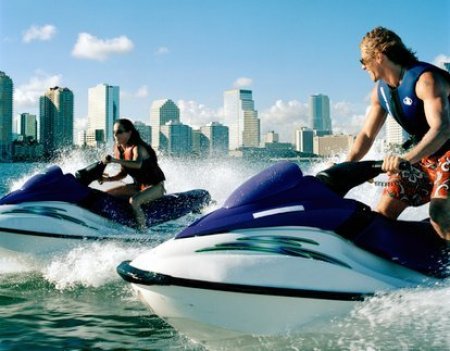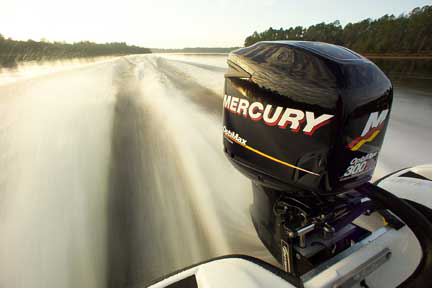Don’t Scare The Fish!

Decades ago, most fishermen used rowboats or even canoes to fish on lakes, but nowadays, outboard motors are much more common. There’s nothing worse than finding the perfect fishing spot and having some bonehead speed by you in a boat with an outboard motor. Because of the noise produced and the pollution they cause, some lakes don’t even allow outboard motors. For this reason, several of the leading manufacturers of outboard motors, like Yamaha, have dedicated themselves to creating quieter models. These new outboards would be created with the goal of being allowed use on all lakes throughout the world.
While the technology for a quieter outboard motor might not be perfected for several years to come, it’s nice to know that fishermen can look forward to using their outboard motors on all bodies of water. Yamaha has already made several significant advancements towards quieter motors using a lot of their same outboard engine technology and even the same Yamaha 2M oil. In a few years it’s possible Yamaha and other leading manufacturers will have a quiet motor on the market.


